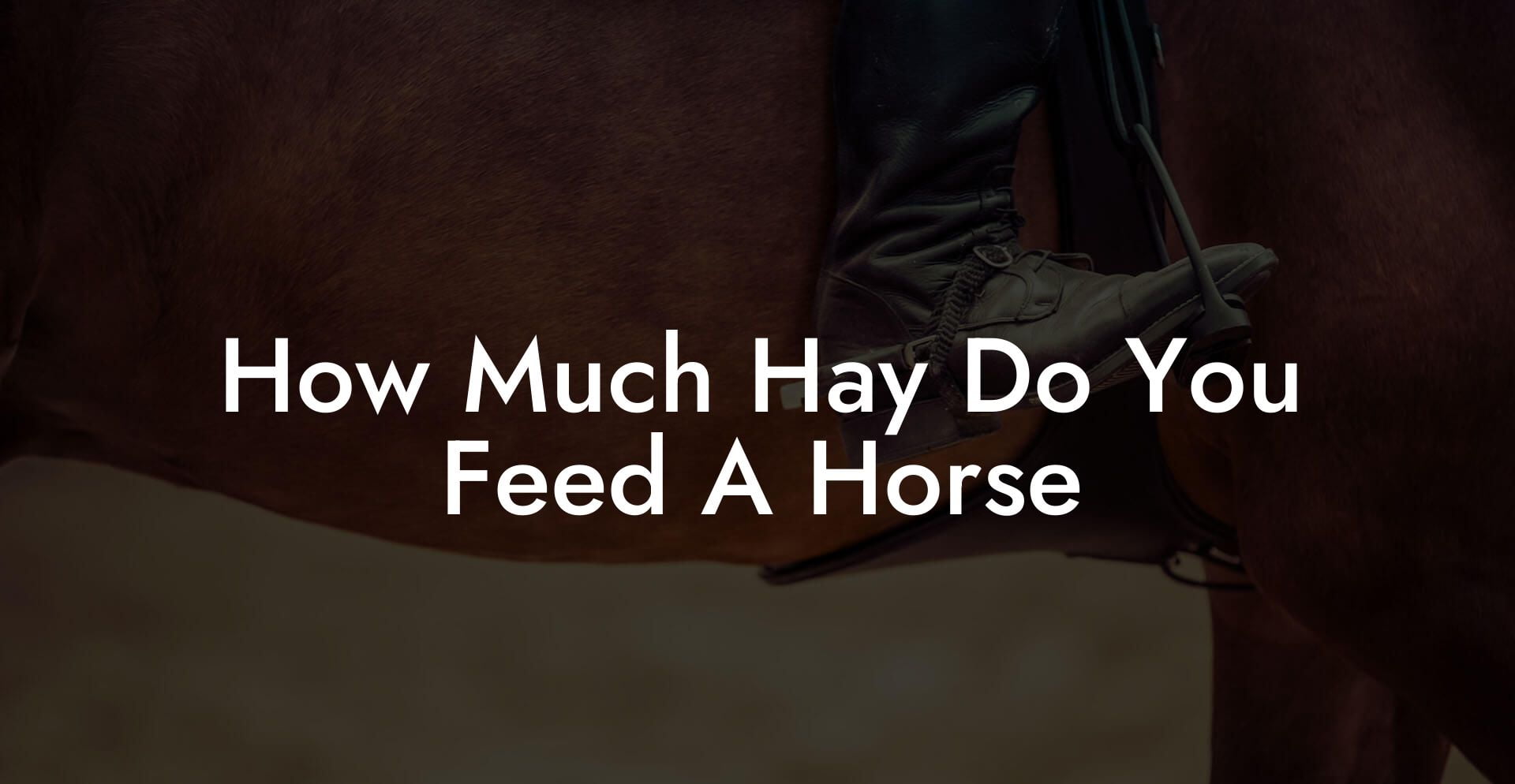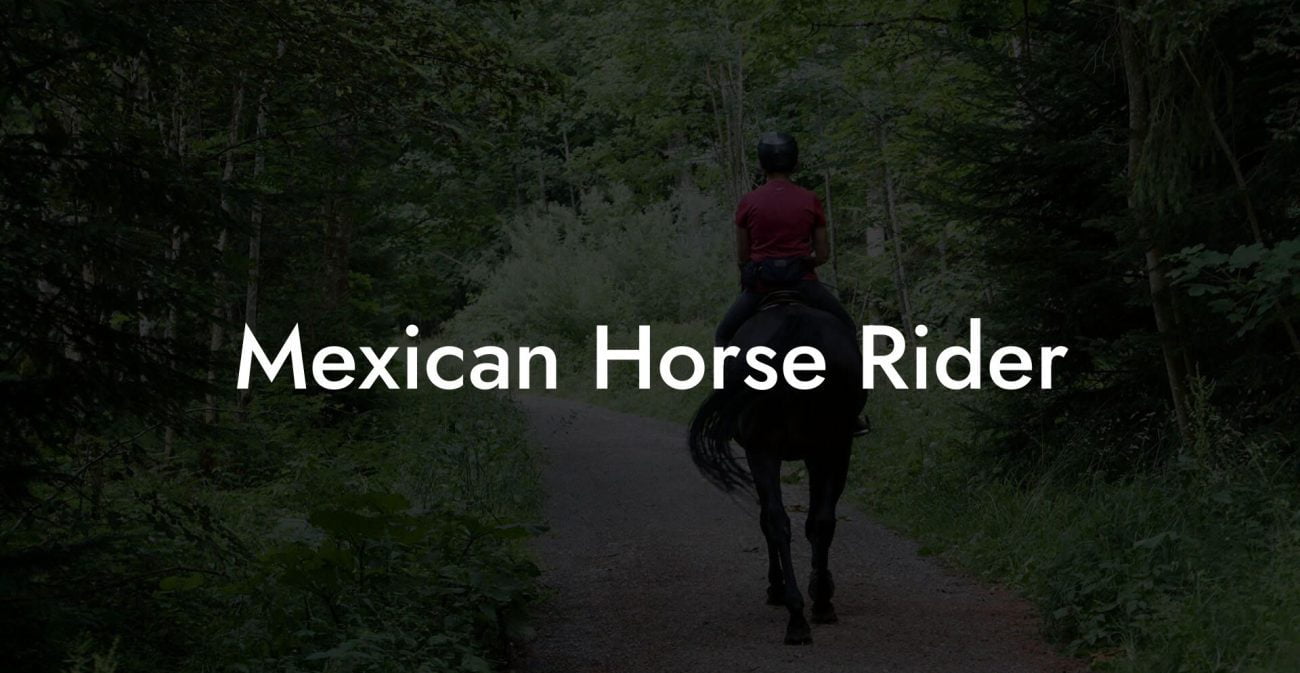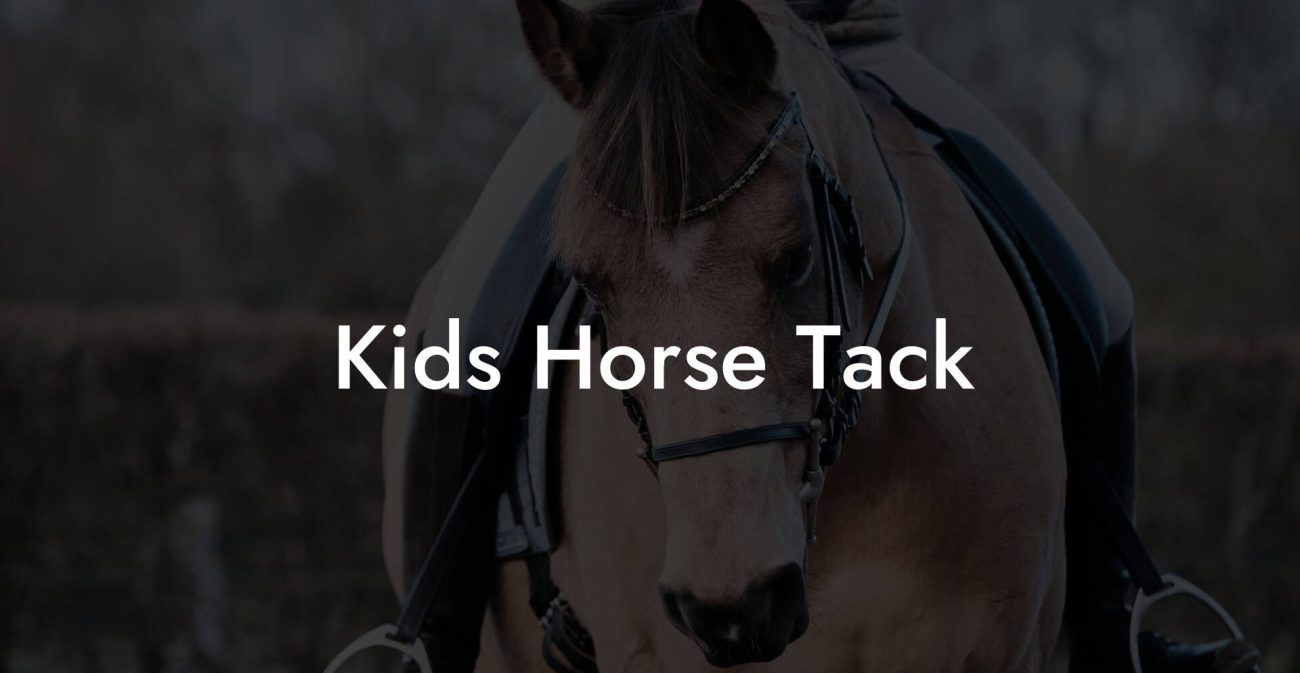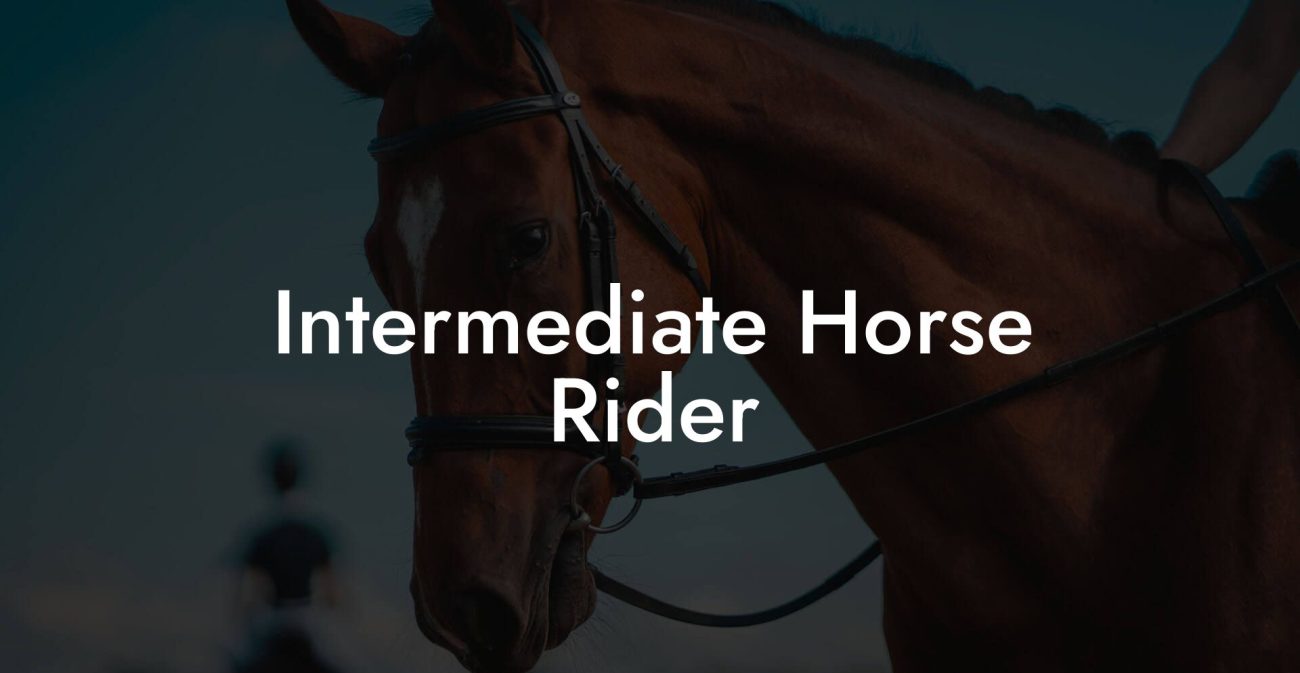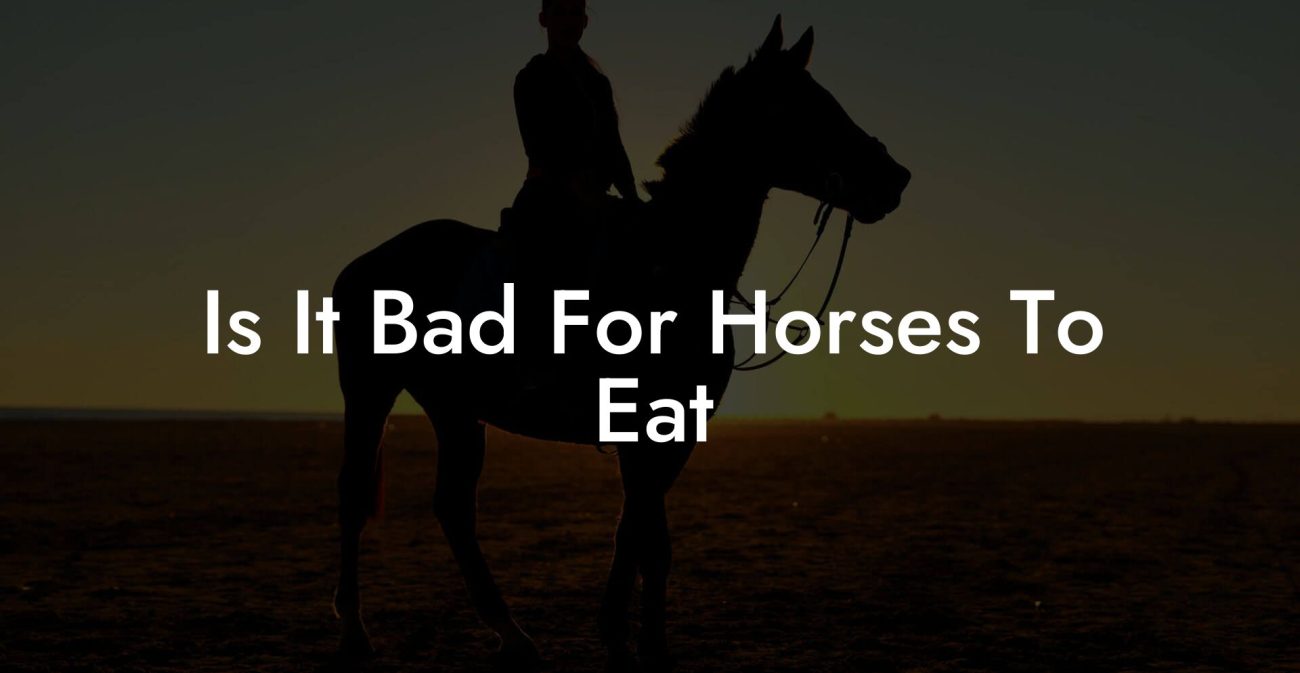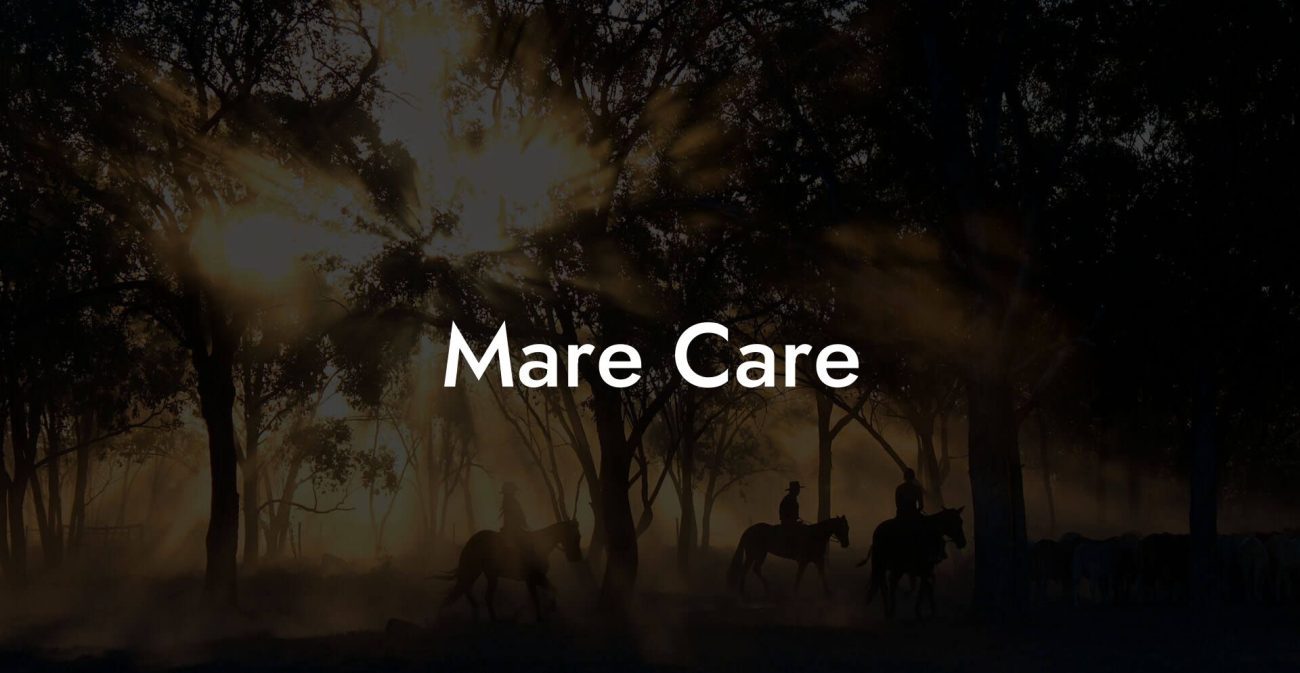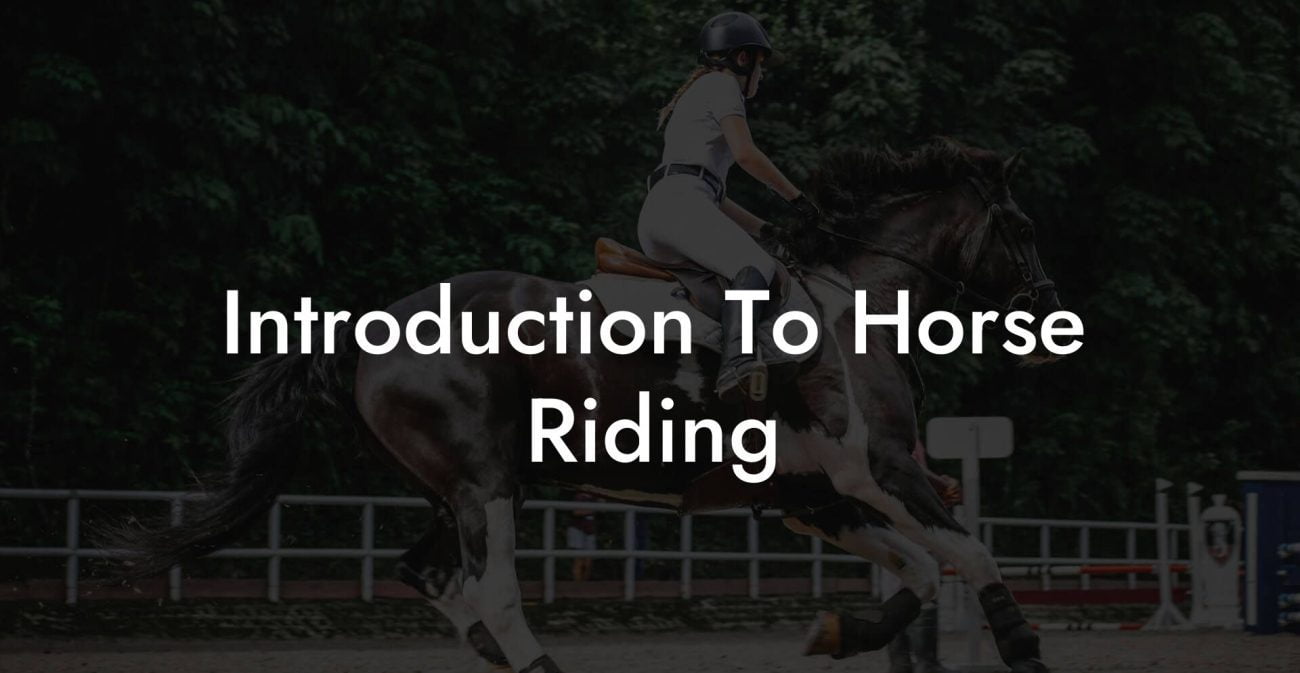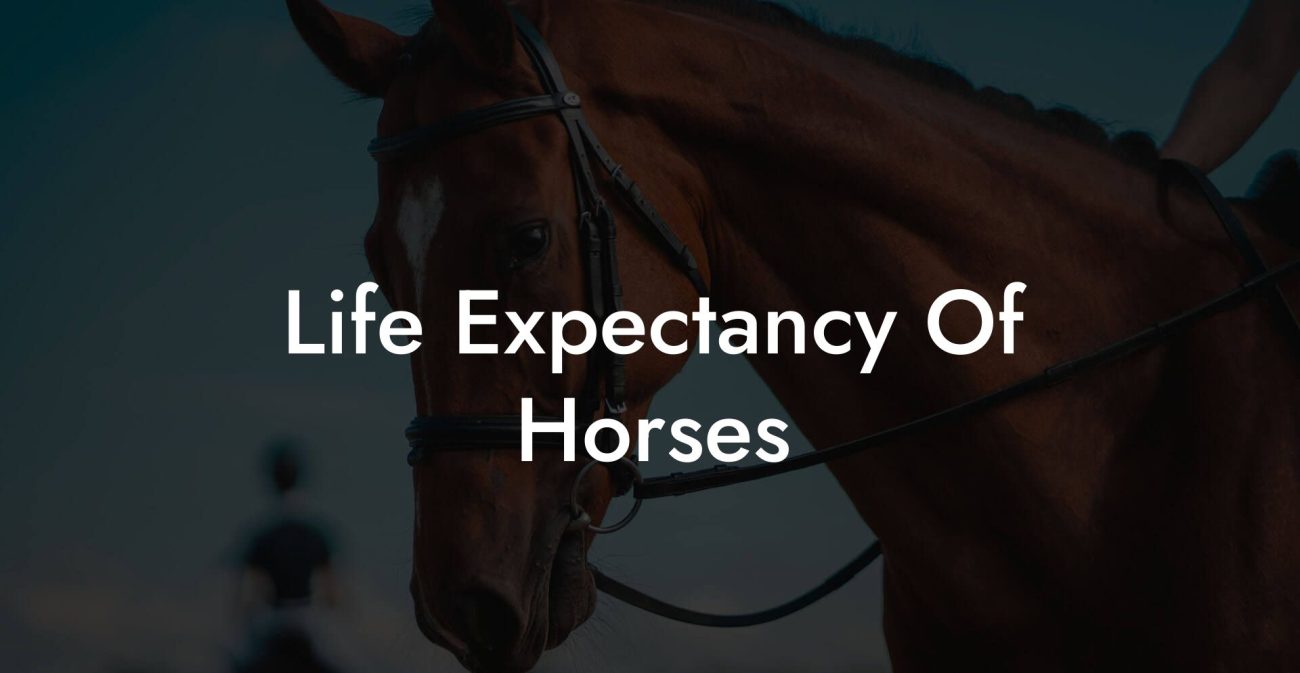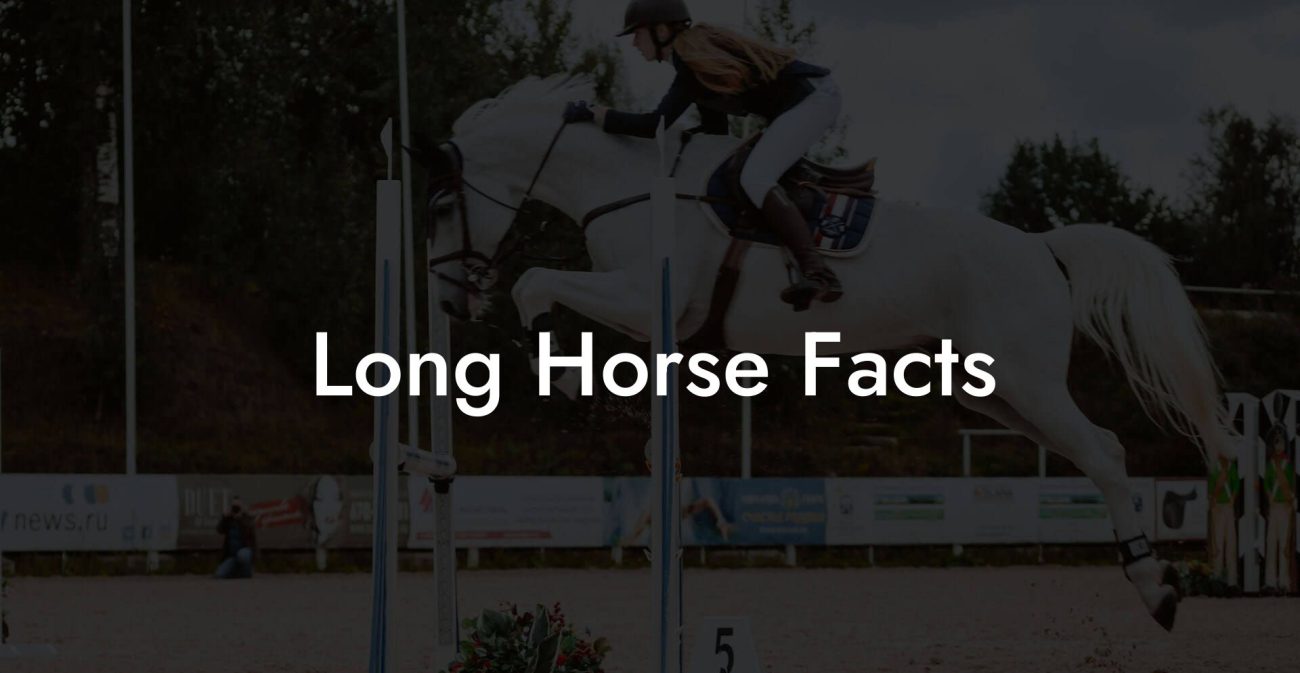Ever wondered if your equine buddy is secretly a competitive eater? Let’s dive hooves-first into the art (and science) of feeding hay to your horse, a topic as thrilling as a canter across an open field and as essential as your morning avocado toast. In this expansive guide, we’re breaking down every detail on how much hay to feed a horse, blending practical horse nutrition tips with a laid‐back vibe that speaks directly to Gen Z and millennials who know that caring for a horse is as much about passion as it is about precision.
Quick Links to Useful Sections
- The Importance of Hay in Your Horse’s Diet
- How Much Hay Do You Feed A Horse? The Basic Formula
- Factors Influencing Hay Consumption
- Body Weight and Condition
- Activity Level
- Age and Life Stage
- Metabolism
- Climate and Seasonal Changes
- Hay Quality and Digestibility
- Exploring Different Types of Hay and Their Nutritional Profiles
- Timothy Hay
- Bermuda Grass Hay
- Orchard Grass Hay
- Alfalfa
- Mixed Grass Hay
- Feeding Methods and Schedules: Timing Is Everything
- Free-Choice Feeding
- Scheduled Feeding
- Wet vs. Dry Hay
- Balancing Hay with Other Feed Components
- Addressing Common Myths and Missteps in Hay Feeding
- Myth #1: More Hay Means a Healthier Horse
- Myth #2: All Hay Is the Same
- Myth #3: A Single Feeding Strategy Works for Every Horse
- Holistic Approaches to Equine Nutrition
- Digestive Health and Gut Balance
- Lifestyle and Environmental Factors
- Mental and Physical Well-being
- Case Studies: Real-Life Equine Feeding Success Stories
- Case Study 1: Daisy’s Dietary Transformation
- Case Study 2: The Active Life of Midnight
- Case Study 3: Serenity’s Gentle Journey
- Resources and Community Support: Your Next Steps
- Creating Your Personalized Equine Feeding Plan
- Step 1: Comprehensive Assessment
- Step 2: Set Realistic Goals
- Step 3: Tailor the Hay Ration
- Step 4: Integrate Complementary Feeds
- Step 5: Establish a Routine
- Step 6: Monitor and Adapt
- Equine Feeding FAQs: Your Burning Questions Answered
- Your Journey to Equine Nutritional Mastery
The Importance of Hay in Your Horse’s Diet
Hay isn’t just a dusty byproduct of pasture life; it’s the cornerstone of your horse’s daily nutrition. For centuries, hay has been the go-to fuel for equine energy, providing a steady source of fiber that aids digestion, maintains gut health, and supports overall well-being. Whether your horse is a spirited trailblazer, an elegant dressage performer, or simply your four-legged best friend, high-quality hay is a non-negotiable part of a balanced diet.
In a world where fast food and processed snacks rule the human landscape, horses remain true to their roots, chowing down on natural, nutrient-rich hay. And just like how you’d research the best plant-based burger or organic smoothie bowl, understanding the different types, quality, and quantities of hay is key to unlocking peak performance (and endless gallops) for your equine companion.
How Much Hay Do You Feed A Horse? The Basic Formula
When it comes to hay feeding, one size certainly does not fit all. The classic rule of thumb is to feed your horse 1.5% to 2.5% of its body weight in hay per day. For instance, if your equine friend weighs around 1,000 pounds, a daily ration of 15 to 25 pounds of hay is a solid starting point. However, that’s just the baseline, a jumping-off point for tailoring the diet to your horse’s unique needs, lifestyle, and metabolism.
Consider this: just as no two humans have identical dietary needs (thanks, genetics and busy schedules), horses come with their own quirks and requirements. Factors like age, activity level, metabolism, and overall health all play a role in how much hay your horse actually needs. It’s not just about the numbers; it’s about dialing in the perfect balance that keeps your horse energetic and happy.
Here’s a quick breakdown:
- Maintenance Horses: For horses that are mostly lounging in the pasture, closer to 1.5% of their body weight, or even slightly less, can suffice.
- Active or Working Horses: For those with a daily workout regimen, a nudged-up 2% to 2.5% of body weight in hay ensures they receive the energy they need.
- Special Considerations: Horses in growth phases, lactating mares, or those recovering from illness might require adjustments, sometimes more than the typical amount.
Remember: this is just a starting guideline. Always keep an eye on your horse’s body condition and energy levels, and consult with an equine nutrition expert when in doubt.
Factors Influencing Hay Consumption
Determining the perfect hay quantity is a balancing act that involves multiple factors. Let’s break down the critical elements that influence how much hay your horse should be fed:
Body Weight and Condition
The fundamental metric is your horse’s body weight. However, the body condition score (BCS) offers additional perspective. A horse with a slender frame might need a slightly higher percentage of hay to maintain energy levels, while a well-muscled horse could do with a bit less. Monitoring your horse’s BCS is a proactive way to keep its diet in check.
Activity Level
Just like you wouldn’t fuel a marathon runner with a single granola bar, a high-performance or working horse demands more energy. Active horses, due to their rigorous exercise routines, have higher caloric needs and will require additional hay, and occasionally extra supplements, to replenish their energy reserves.
Age and Life Stage
Young horses, whose bodies are still in the growth phase, and older horses, whose digestive systems may be slowing down, are two extremes requiring careful dietary adjustments. Foals and yearlings might need more nutrient-dense hay, while senior horses might benefit from hay that’s easier to chew and digest.
Metabolism
Just as some people have a fast metabolism thanks to early morning spin classes, some horses naturally process feed faster than others. If your horse is known for its ‘workhorse’ metabolism, it might necessitate a bit more hay or additional energy-rich supplements.
Climate and Seasonal Changes
Temperature and seasonal variations can impact a horse’s energy requirement. In colder months, horses burn more calories to maintain body heat and may require more hay, whereas during the summer, their caloric needs might dip slightly, allowing for adjusted rations.
Hay Quality and Digestibility
Not all hay is created equal. The quality, maturity, and moisture content of hay can significantly affect its nutritional value. High-quality hay is more digestible, meaning your horse can extract more energy from each bite. Always keep an eye on hay analysis results, if available, and adjust quantities based on the product’s nutrient density.
In short, while the baseline of 1.5% to 2.5% of body weight in hay is a great starting point, the ideal amount will always be a personal equation influenced by the horse’s unique characteristics and environmental factors.
Exploring Different Types of Hay and Their Nutritional Profiles
When it comes to equine diets, not all hays are equal. The type of hay you choose plays a significant role in meeting your horse’s nutritional needs. Let’s gallop through some of the common types:
Timothy Hay
A favorite among horse owners, Timothy hay is lauded for its balanced levels of fiber and energy. It’s ideal for mature horses and those with moderate activity levels. With its mild aroma and fine texture, Timothy hay offers a pleasant dining experience for most equines.
Bermuda Grass Hay
Best suited for horses in warmer climates, Bermuda hay is highly digestible and packed with nutrients. However, its coarser texture means it’s often more appropriate for horses with efficient chewing mechanisms.
Orchard Grass Hay
Orchard grass is similar to Timothy hay but with a sweeter flavor profile. It’s particularly beneficial for horses with sensitive digestive systems and those prone to picky eating habits.
Alfalfa
Known for its high protein and calcium content, alfalfa is a nutrient powerhouse. While it’s great for growth, lactating mares, or horses in heavy work, it should be fed with caution to avoid overfeeding, especially for horses with lower energy needs. Its richness makes it excellent for balancing out diets lacking in protein, but moderation is key.
Mixed Grass Hay
Many hay feeds on the market are a blend, formulated to harness the strengths of various grass hays. These mixes can offer a balanced nutritional profile, ideal for horses with versatile dietary requirements.
Each hay type offers a unique flavor and nutrient profile, and your choice might even depend on what’s locally available. Experimentation, along with consultation with an equine nutritionist, can help you find the perfect match for your horse’s taste buds and nutritional needs.
Feeding Methods and Schedules: Timing Is Everything
It’s not just about what you feed your horse, but how and when you feed them that can make all the difference. Feeding hay isn’t a “dump and forget” scenario, it’s an art form.
Free-Choice Feeding
Many horse owners swear by free-choice feeding, where hay is available at all times. This allows your horse to graze at its leisure and mirrors natural eating behaviors. However, it’s important to monitor consumption to prevent overeating, which can lead to obesity or colic.
Scheduled Feeding
Alternatively, scheduled feeding divides hay into specific meals throughout the day, ensuring a controlled supply of nutrients. This method can help prevent boredom and digestive issues while also providing structure, similar to how you might plan your daily meals between classes or work meetings.
Wet vs. Dry Hay
While most hay is stored dry, some owners choose to slightly dampen hay before feeding, which can encourage chewing and slow down the intake. This practice, however, requires caution to avoid mold growth.
Whether you choose free-choice or scheduled feeding, consistency is key. Horses thrive on routine, so establishing a clear feeding schedule not only promotes better digestion but also keeps your horse’s energy levels consistent throughout the day.
Balancing Hay with Other Feed Components
Hay is the star of your horse’s diet, but it rarely steals the entire show. A well-rounded meal plan may also include:
- Grains and Concentrates: While hay is the fiber foundation, grains such as oats or barley can provide essential carbohydrates for extra energy, especially in working horses.
- Supplements: Vitamins, minerals, and even probiotic supplements can help support digestion and overall health. These are particularly useful during times of stress or recovery.
- Fresh Forage: If your horse has access to quality pasture, this fresh forage will naturally complement the hay and add variety to its diet.
Combining these elements creates a balanced diet that promotes optimal gastrointestinal health, muscular development, and immune function. It’s about finding that sweet spot where hay, grains, and supplements work together in a well-orchestrated symphony.
Always remember: every horse is a unique individual, and adjustments to their diet should be made slowly and with careful monitoring to ensure they’re thriving and not merely surviving.
Addressing Common Myths and Missteps in Hay Feeding
As with any long-standing tradition, equine hay feeding is riddled with myths and misconceptions. Let’s set the record straight on some of the most common fallacies:
Myth #1: More Hay Means a Healthier Horse
The truth is, overfeeding hay can be just as harmful as not feeding enough. Excess hay can lead to obesity, digestive problems, and even colic. Moderation and careful observation are critical for maintaining your horse’s health.
Myth #2: All Hay Is the Same
Not all hay is created equal. Variations in grass type, cut, and curing methods can lead to significant differences in nutritional content. Quality matters, and your horse’s diet should reflect that nuance.
Myth #3: A Single Feeding Strategy Works for Every Horse
Every horse is different. Factors such as age, breed, and personal health history mean that a feeding strategy must be tailored rather than a one-size-fits-all approach. Personalization is key.
Avoiding these common pitfalls involves staying informed, engaging with knowledgeable professionals, and always being ready to adapt to your horse’s evolving needs.
Holistic Approaches to Equine Nutrition
Beyond the basic numbers and feeding schedules lies a more holistic view of equine nutrition, one that takes into account not only the physical feed but also the overall well-being of your horse. This includes:
Digestive Health and Gut Balance
A horse’s digestive system is a marvel of nature, capable of turning tough, fibrous hay into the energy needed for endless gallops. Supporting gut health through the use of probiotics, prebiotics, and slowly adapted dietary transitions is paramount. When the digestive system is in balance, nutrient absorption improves, metabolism stabilizes, and the risk of stomach upsets or colic decreases.
Lifestyle and Environmental Factors
The environment in which your horse lives can dramatically impact its nutritional needs. Exposure to natural light, space to roam, and even companionship can reduce stress and improve overall digestion. Think of it as creating a luxurious, laid-back spa environment where every meal is enjoyed in a state of bliss.
Mental and Physical Well-being
A happy horse is a healthy horse. Incorporating regular exercise, social interactions with other equines, and even the occasional grooming session can all contribute to a better appetite, more efficient digestion, and enhanced overall health.
By taking a holistic approach, you’re not just meeting the basic nutritional needs of your horse, you’re creating an environment where your equine friend can truly thrive.
Case Studies: Real-Life Equine Feeding Success Stories
Sometimes, the best way to understand the complexities of hay feeding is to hear it straight from the barn. Here are some relatable case studies that showcase how tailored hay feeding strategies can transform a horse’s health and vitality:
Case Study 1: Daisy’s Dietary Transformation
Daisy, a 550-pound pony with a penchant for mischief, was struggling with a dwindling appetite and a little too much extra weight around the middle. Her owner, inspired by recent research and some insider tips from online equine communities, adjusted her hay rations. By switching from a low-quality mixed grass hay to a premium Timothy blend and reducing her overall daily intake by 10%, Daisy’s energy levels skyrocketed. Within a few months, her body condition score improved, and she was found frolicking in the pasture like never before.
Case Study 2: The Active Life of Midnight
Midnight, a 1,100-pound thoroughbred, was a champion on the racetrack, but his training regimen left him famished for nutrients. His trainer discovered that his daily hay consumption was barely scratching the surface of what he needed for recovery. By increasing his hay intake to closer to 2.5% of his body weight and introducing a carefully balanced mix of grains and supplements, Midnight not only improved his performance on the track but also recovered from minor strains much faster. His newfound vitality was the talk of the paddock!
Case Study 3: Serenity’s Gentle Journey
Serenity, an elderly mare with a gentle spirit, required a more delicate approach. Her digestive system was not as efficient as it once was, and she was prone to digestive upsets. By switching from free-choice feeding to a scheduled meal plan and providing smaller, more frequent rations of high-quality hay, her owner was able to stabilize her digestion and boost her overall energy levels. Serenity now enjoys her daily grazing with a calm and contented demeanor, proving that age is just a number when proper nutrition and care are in place.
These case studies show that with careful observation, personalized planning, and a dash of creative problem-solving, you can redefine what feeding hay to your horse looks like, ensuring a tailored approach that fits your horse’s unique life story.
Resources and Community Support: Your Next Steps
Embarking on the journey of optimizing your horse’s hay intake is much like joining a club where everyone is passionate about equine health, except here, the stakes are a little higher, and the rewards are visible in every spirited trot. In today’s digital age, communities and resources abound to help you refine your approach:
- Online Forums and Social Media Groups: Connect with other horse enthusiasts on platforms like Facebook, Reddit, and Instagram. These communities are treasure troves of practical advice, personal anecdotes, and trending best practices in equine nutrition.
- Webinars and Virtual Workshops: Many equine nutrition experts are sharing their insights through live online sessions. Join these to stay updated on the latest research and proactive feeding strategies.
- Local Equine Associations: Reach out to local horse clubs, stables, and veterinary nutrition specialists. Hands-on advice, farm visits, and direct consultations can be invaluable, especially if you’re looking for region-specific tips.
- Trusted Publications and Blogs: Follow reputable equine nutrition blogs and subscribe to online magazines. They often feature case studies, expert interviews, and product reviews that can help guide your decisions.
- Mobile Apps and Digital Tools: There are several apps available that help track your horse’s weight, caloric intake, and activity levels. These digital tools can be a game-changer if you’re serious about precise feeding management.
Integrating these resources into your daily practice not only enhances your knowledge but also builds a support network. Remember: whether you’re a seasoned pro or a passionate beginner, community support is the secret ingredient to keeping your horse healthy, happy, and always ready for the next adventure.
Creating Your Personalized Equine Feeding Plan
The ultimate goal is to create a feeding plan that’s as unique as your horse’s personality. Here’s how to design a strategy that adapts over time:
Step 1: Comprehensive Assessment
Begin with a full evaluation of your horse’s current body condition, activity level, and overall health. Weigh your horse, take note of its body condition score, and observe its behavior around mealtime. Keep records that you can refer back to as your plan evolves.
Step 2: Set Realistic Goals
Define what success looks like for your horse. Is it a leaner body, improved energy levels, or better digestive health? Setting clear objectives, from short-term tweaks to long-term health targets, will help guide your decision-making.
Step 3: Tailor the Hay Ration
Calculate the baseline hay requirement (typically 1.5%-2.5% of body weight) and adjust based on the factors discussed earlier. Experiment with different types of hay to see which your horse enjoys and digests best.
Step 4: Integrate Complementary Feeds
If your horse is highly active or has specific nutritional needs, consider integrating grains, supplements, or specialized feeds. Always introduce new elements gradually to prevent digestive upsets.
Step 5: Establish a Routine
Whether you opt for free-choice or scheduled feeding, consistency is what transforms a list of rules into a lifestyle. Use digital tools, set alarms, or even keep a feeding diary to track daily patterns and adjustments.
Step 6: Monitor and Adapt
Your personalized equine feeding plan is a living document. Regular check-ins with your equine nutritionist, coupled with close observation of your horse’s behavior and body condition, will signal when it’s time to tweak the plan. A proactive approach ensures that your feeding strategy remains responsive to your horse’s evolving needs.
With a dedicated feeding plan in place, you’re not just feeding hay, you’re fueling a journey toward better health, enhanced performance, and a deeper bond with your equine companion.
Equine Feeding FAQs: Your Burning Questions Answered
Let’s wrap up our extensive hay feeding journey by tackling some of the most frequently asked questions. Whether you’re a first-time horse parent or a seasoned equine enthusiast, the answers below are designed to clear up common doubts about feeding hay.
1. How do I determine the exact amount of hay my horse needs?
Start with a basic guideline of 1.5% to 2.5% of your horse’s body weight in hay daily. Adjust based on factors such as activity level, body condition, age, and the quality of the hay. Regular monitoring and consultation with an equine nutritionist are key.
2. What are the signs that my horse is not getting enough hay?
Watch out for weight loss, lethargy, a dull coat, or digestive issues like colic. An underfed horse may also show signs of irritability or stress around mealtimes.
3. Can I switch hay types or brands frequently?
While variety can be beneficial, sudden changes in hay type or quality may upset your horse’s digestive system. If switching, do so gradually over several days to allow for adaptation.
4. How does seasonal weather affect hay consumption?
In colder weather, horses generally require more calories to maintain body heat, meaning they might need more hay. Conversely, during hot weather, if there’s plenty of good pasture available, the required hay intake might be lower.
5. Is free-choice hay feeding better than scheduled meals?
Both methods have their pros and cons. Free-choice feeding aligns with natural grazing behavior but requires careful monitoring to prevent overconsumption. Scheduled meals offer better portion control and can prevent digestive upsets for horses with sensitive stomachs.
6. Should I be concerned about hay dust or mold?
Absolutely. Dust and mold can lead to respiratory issues, such as heaves. Ensure your hay is stored in a dry, ventilated area and inspect it regularly before feeding. Consider lightly misting hay or using dust-free bedding if your horse is particularly sensitive.
7. Can I feed my horse a mix of hay and pasture grass?
Yes, many horses thrive on a combination of high-quality hay and fresh pasture. The key is balancing the total nutritional intake, especially if the pasture’s nutrient profile fluctuates with the seasons.
8. How often should I reassess my horse’s hay needs?
Regular reassessments every few months, or whenever there’s a notable change in weight, activity, or health status, are crucial. Routine veterinary check-ups can also help fine-tune your approach.
9. What supplements should I consider if my horse needs extra nutrition?
Depending on the horse’s specific needs, supplements such as vitamins, minerals, or digestive aids (probiotics and prebiotics) may be beneficial. Always consult with a veterinary nutritionist before adding supplements.
10. How can technology help me manage hay feeding?
There are several mobile apps and digital tools available that help track your horse’s weight, caloric intake, and even offer reminders for feeding times. Leveraging technology makes it easier to see trends and make informed adjustments.
Your Journey to Equine Nutritional Mastery
Embracing the art of feeding hay is not merely about meeting nutritional needs, it’s about cultivating a lifestyle that celebrates every gallop, every playful nip, and every serene moment spent with your horse. By understanding the intricacies of hay quality, measuring feeding guidelines, and adapting to your horse’s unique needs, you build a foundation of trust, care, and mutual respect.
Whether you’re fine-tuning a routine for a high-flying athlete like Midnight or nurturing the gentle soul of Serenity into robust health, each adjustment is a step towards a richer, more fulfilling equine journey. Your dedication to learning, experimenting, and ultimately perfecting your horse’s diet is a testament to the deep bond you share.
So, gear up for a life where every bale of hay isn’t just feed, but a celebration of your horse’s vibrant vitality and enduring spirit. Embrace the experiment, share insights with your community, and inspire others with your journey to equine nutritional mastery. Your horse, and your inner feed guru, will thank you.
Keep exploring, keep learning, and, most importantly, keep riding into that sunset, one perfectly portioned bale of hay at a time.

